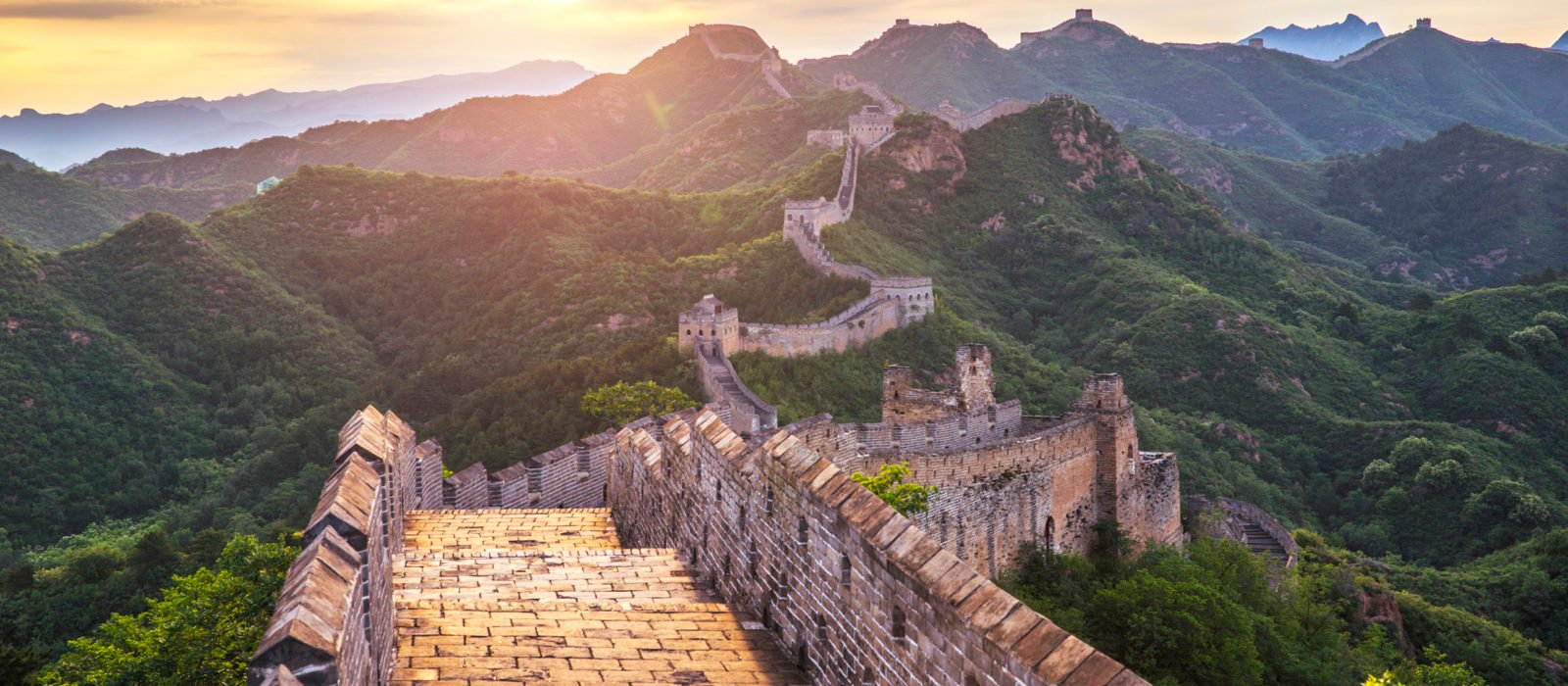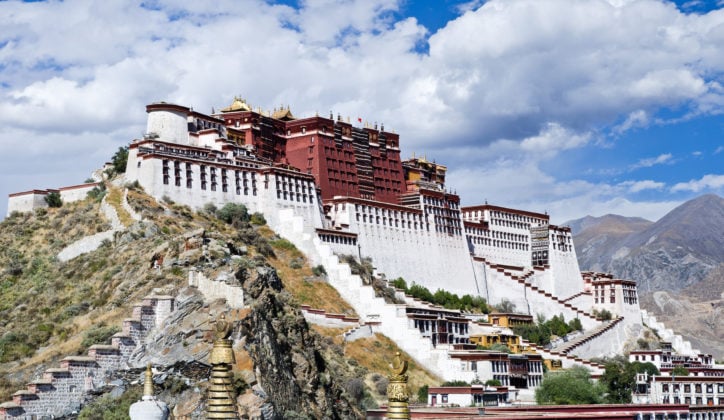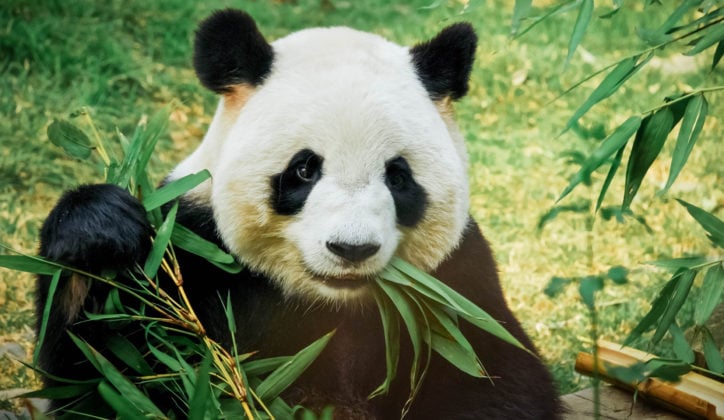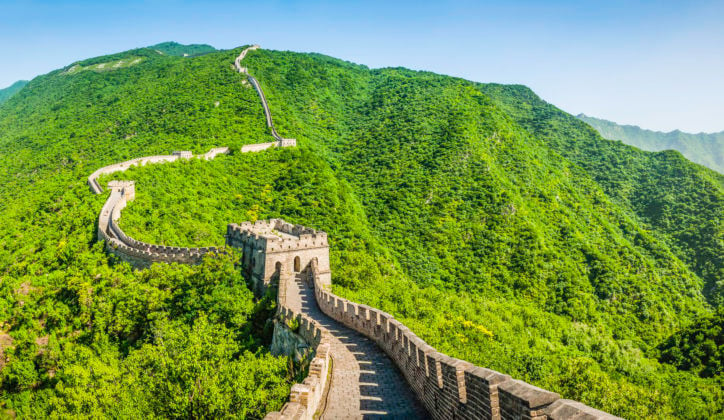Published on: July 26th, 2019
Last modified: July 27th, 2023
China is a vast and varied country, from the mountains of Yangshuo to the high-rises of Beijing.
As China is often thought of as a destination for more intrepid explorers, it can sometimes be hard to know where to start when you’re planning a family vacation.
Our experts are here to help, and have rounded up their top tips on where to spend a family vacation in China.
From Harbin’s ice festival to Chengdu’s foodie delights, there’s something for everyone.

For adventurous families
Explore Yangshuo
While Lijiang’s mountains offer wonderful landscapes for intrepid explorers, the less challenging province of Yangshuo is great for families. With towering karst peaks and lush green vegetation beautifully accompanied by the winding Li River, there’s plenty to discover here. The main city in this region is Guilin, but the smaller town of Yangshuo itself is less developed and far more charming. From here, families can escape into this tranquil region, which is home to rural Chinese villages, water buffalo taking shelter under shade and beautiful rice paddies.
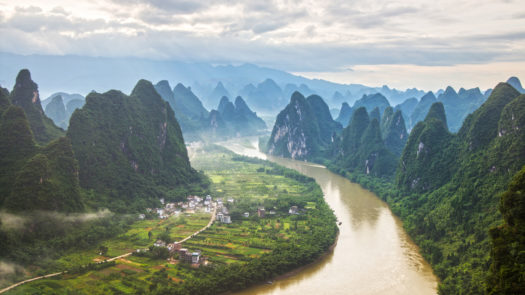
The Li River is the heart and soul of Yangshuo, and drifting along the river atop a bamboo raft is a great way to take in the region’s sights. As the perfect place to unwind after visiting the big cities, it’s the ideal opportunity for all the family to discover rural China. You needn’t worry about it being too remote for children either, as Yangshuo town’s main West Street is home to numerous cafes, bars and restaurants. Families can spend their time here cycling through local villages, drifting along the Li River or even rock climbing Yangshuo’s famous karst peaks.

Enjoy Harbin’s winter wonderland
A visit to Harbin is not for the faint hearted, but any trip to this northerly city during their annual ice festival is sure to please both adults and children alike. Whilst Harbin looks beautiful under a blanket of snow, the average daily temperature during China’s winter (November to February) is typically below 0 degrees Celsius. Braving the cold is well worth it though, as you’ll be rewarded with the Harbin Ice & Snow Festival.
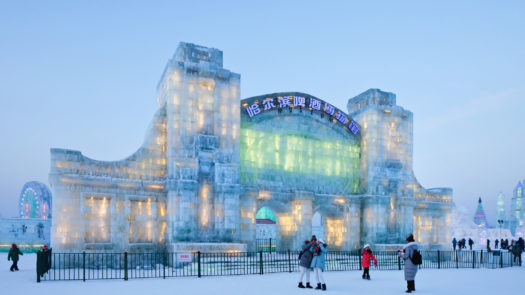
Great fun for all the family, the Harbin Ice & Snow Festival is filled with dazzling ice sculptures, made by ice sculptors from across the globe. Taking place from January to February each year, this festival sees 600,000 square metres of land taken over by intricate ice artworks. Attracting millions of visitors each year, the Harbin Ice & Snow Festival is truly a once in a lifetime opportunity. There’s an even an ice playground for kids, so it’s well-suited to families of all ages.
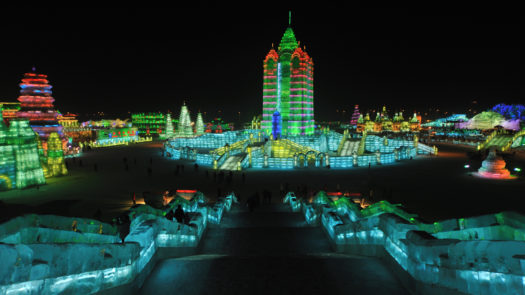

For animal lovers
Of course, no family trip to China would be complete without seeing pandas in their natural habitat. The most ethical place to see them is in the city of Chengdu, which plays host to plenty of green space and nearby national parks. The city’s devotion to China’s native giant panda is also admirable. Although pandas are native to Sichuan province, the 2008 earthquake damaged much of their natural habitat, so conservationists in Chengdu have since been working to rehouse pandas.
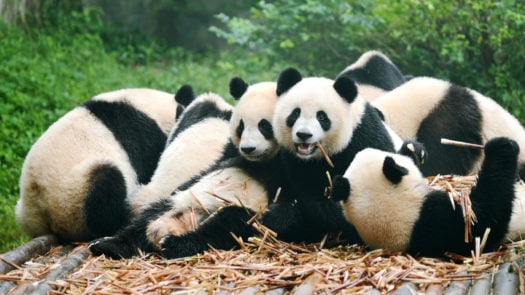
The Chengdu Research Base of Giant Panda Breeding research was purpose-built to ensure the future survival of pandas, but today it also houses exhibitions comprised of butterfly and vertebrate photography. The work here still very much centres on helping the panda population thrive, though, and the team here are doing a fantastic job. The institution started in 1987 with a population of just six rescued giant wild pandas, and has since grown over the years to an impressive one hundred.
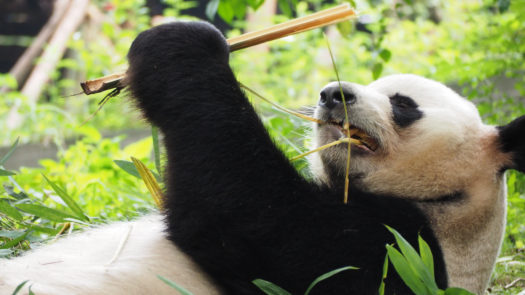

For history buffs
Meet China’s army of Terracotta Warriors
Adults will no doubt be familiar with who China’s army of terracotta warriors are, but a visit to them is equally as fascinating for kids. Found just outside the city of Xi’An, this incredible collection of ancient guards has survived for over an astonishing two million years. As Chinese emperors believed their rule would continue after their death, archeologists believe this is the reason ruler Qin Shi Huang built so many soldiers to guard his soul. Thousands of terracotta warriors call Xi’An home, and no two faces are the same. Families can spend hours here trying to spot the differences between the soldiers, or explore the added extras such as bronze chariots and horses in the wraparound theatre.
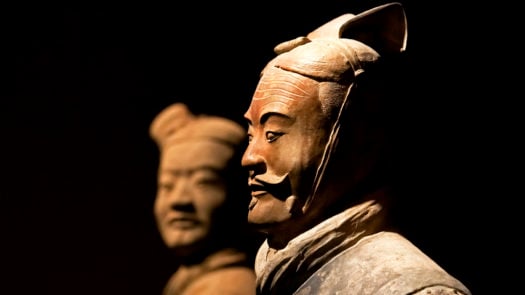
Climb the Great Wall
China’s Great Wall is a perennial on most China itineraries, and it’s an unforgettable sight. It’s a somewhat arduous journey though, so we only recommend it for active and adventurous families. The Great Wall’s scale is truly jaw-dropping, at an astonishing 13,000 miles (21,000 kilometres) long. It’s widely assumed that the wall is one continuous feat of engineering, but in fact the impressive structure is made up of chunks separated by natural defences such as vertiginous mountains.
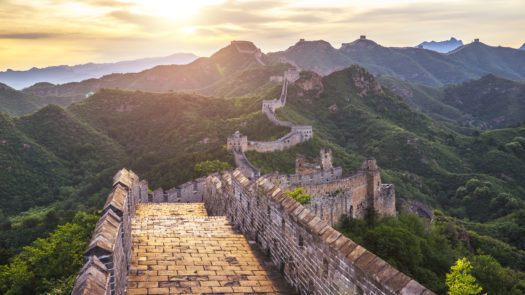
The best section of the Wall for climbing with your family is Mutianyu. The most child-friendly section, Mutianyu is fully restored and so it’s safer for children. If little legs get tired easily, there’s also a cable car to save you from hiking up and down. For the adrenaline seekers, there’s even the option to toboggan back down. To experience the best of the UNESCO designated Great Wall of China, visit between March and May. You’ll be rewarded with minimal crowds as it’s low season for domestic tourists, and temperatures are cool enough to make trekking a pleasant experience.
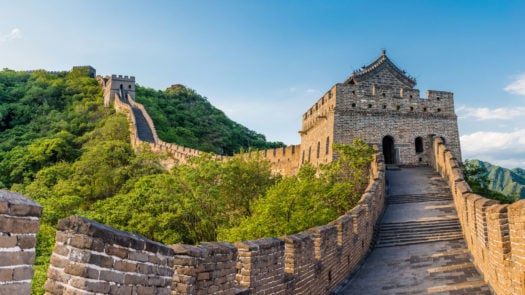

For foodie families
Traditional fare in Chengdu
China’s food is now a worldwide export, and it’s not hard to see why. From pickled dishes in Sichuan to Beijing’s Wangfujing Night Market, China’s food heritage is truly impressive. China’s real foodie gem is the city of Chengdu, capital of Sichuan province. Chengdu was named as UNESCO’s first ever City of Gastronomy, and it’s delights such as Sichuan hot pot and the distinctive Sichuan pepper that put it on the map.
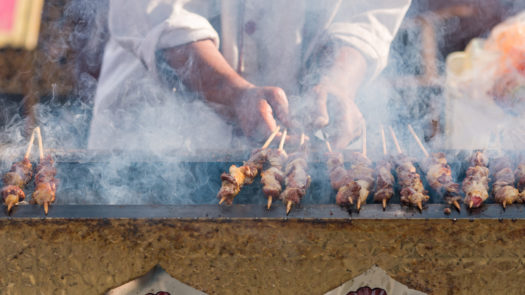
Dating back to around 1000 years ago, the original Sichuan hot pot, or ‘huo guo,’ was thought to originate from a meal enjoyed by boatmen working on the Yangtze River in the nearby city of Chongqing. Today, families across China gather to enjoy a communal hotpot at the weekend. In this dish, a tangy spiced broth and a variety of ingredients combine to create a real crowd pleaser.
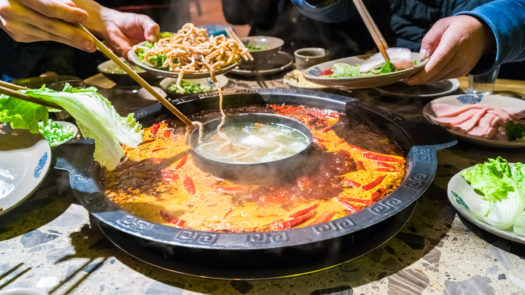
Eat your way around Beijing
Previously known as Peking, Beijing is the perfect place to sample the classic dish of Peking duck. The real deal can be tasted in an authentic Beijing kaoyadian, or roast duck restaurant. The food of Beijing has been around since the imperial days of the 1300s, and the Peking duck of today reflects the amount of love and care that’s gone into the recipe over the centuries. As a sharing dish, it’s a great one for families to bond over – or fight each other for!
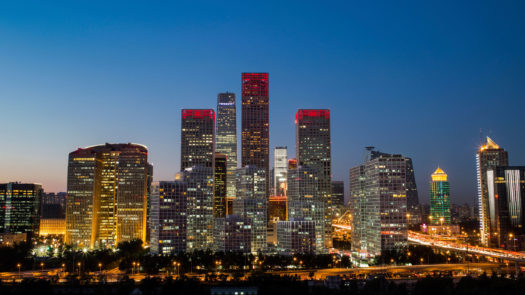
For more adventurous foodies, head on to the eclectic Wangfujing Night Market. Known as one of the world’s wildest food markets, the food on offer here ranges from lamb kebabs to centipedes. If you’re looking to tease your taste buds with epic Asian flavours, Wangfujing Night Market is the perfect food market.
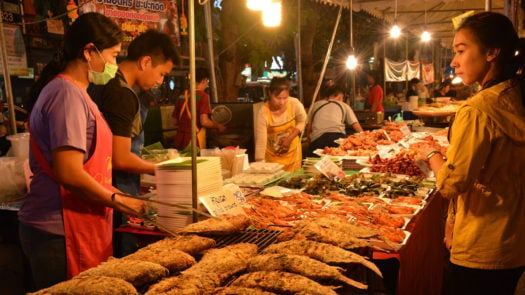
Discover China
Feeling inspired? Our expert travel designers are always on hand to help you plan your family adventure through China.
